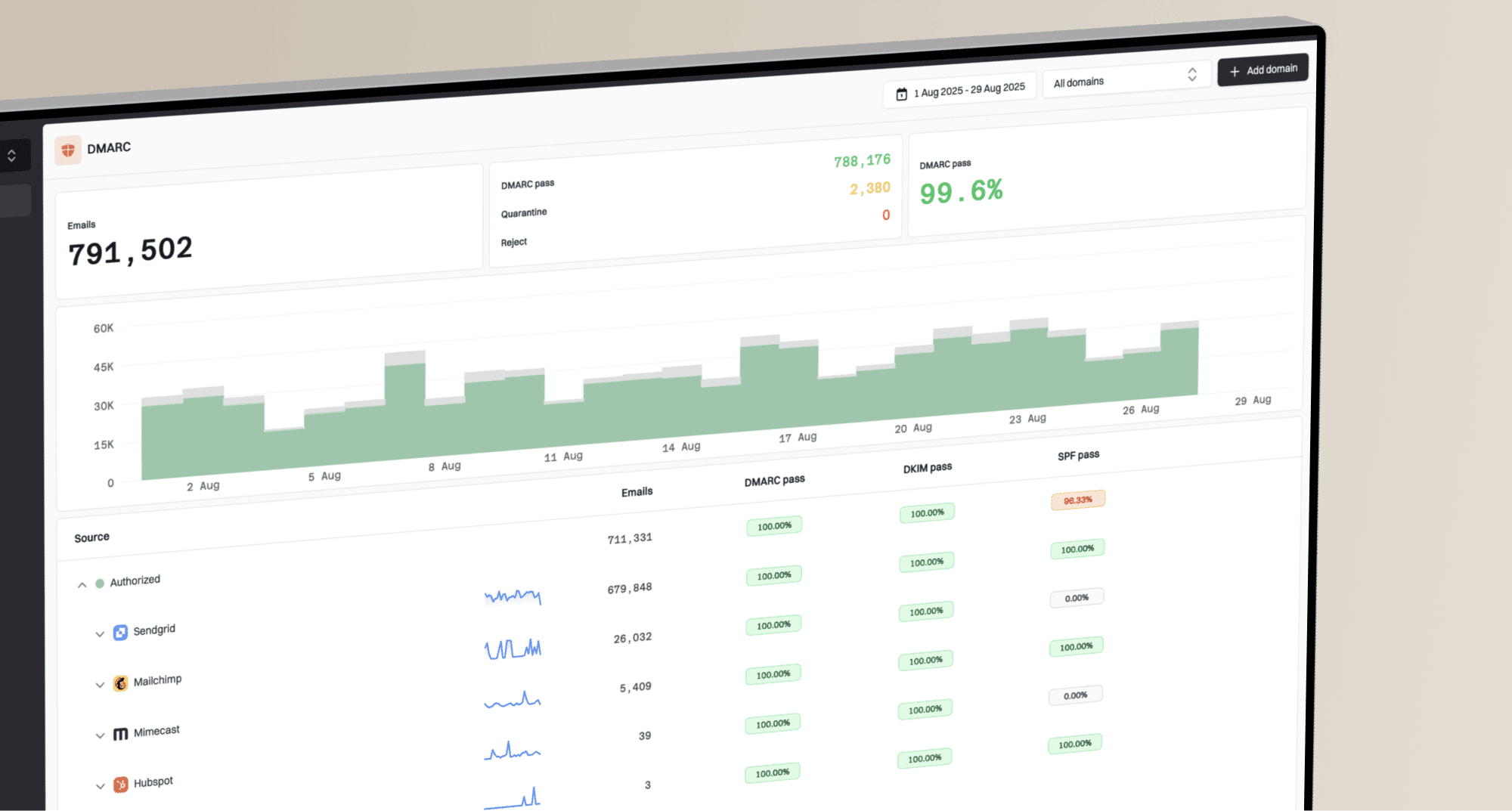TechTheft Nana Blacklist


 Spamhaus
Spamhaus 0Spam
0Spam Cisco
Cisco NoSolicitado
NoSolicitado URIBL
URIBL abuse.ro
abuse.ro ALPHANET
ALPHANET Anonmails
Anonmails Ascams
Ascams BLOCKEDSERVERS
BLOCKEDSERVERS Calivent Networks
Calivent Networks EFnet
EFnet
 JustSpam
JustSpam Kempt.net
Kempt.net
 NordSpam
NordSpam RV-SOFT Technology
RV-SOFT Technology
 Scientific Spam
Scientific Spam Spamikaze
Spamikaze SpamRATS
SpamRATS SPFBL
SPFBL Suomispam
Suomispam System 5 Hosting
System 5 Hosting Team Cymru
Team Cymru Validity
Validity www.blocklist.de Fail2Ban-Reporting Service
www.blocklist.de Fail2Ban-Reporting Service ZapBL
ZapBL 2stepback.dk
2stepback.dk Fayntic Services
Fayntic Services ORB UK
ORB UK technoirc.org
technoirc.org TechTheft
TechTheft Spamhaus
Spamhaus 0Spam
0Spam Cisco
Cisco NoSolicitado
NoSolicitado URIBL
URIBL abuse.ro
abuse.ro ALPHANET
ALPHANET Anonmails
Anonmails Ascams
Ascams BLOCKEDSERVERS
BLOCKEDSERVERS Calivent Networks
Calivent Networks EFnet
EFnet
 JustSpam
JustSpam Kempt.net
Kempt.net
 NordSpam
NordSpam RV-SOFT Technology
RV-SOFT Technology
 Scientific Spam
Scientific Spam Spamikaze
Spamikaze SpamRATS
SpamRATS SPFBL
SPFBL Suomispam
Suomispam System 5 Hosting
System 5 Hosting Team Cymru
Team Cymru Validity
Validity www.blocklist.de Fail2Ban-Reporting Service
www.blocklist.de Fail2Ban-Reporting Service ZapBL
ZapBL 2stepback.dk
2stepback.dk Fayntic Services
Fayntic Services ORB UK
ORB UK technoirc.org
technoirc.org TechTheft
TechTheft Spamhaus
Spamhaus 0Spam
0Spam Cisco
Cisco NoSolicitado
NoSolicitado URIBL
URIBL abuse.ro
abuse.ro ALPHANET
ALPHANET Anonmails
Anonmails Ascams
Ascams BLOCKEDSERVERS
BLOCKEDSERVERS Calivent Networks
Calivent Networks EFnet
EFnet
 JustSpam
JustSpam Kempt.net
Kempt.net
 NordSpam
NordSpam RV-SOFT Technology
RV-SOFT Technology
 Scientific Spam
Scientific Spam Spamikaze
Spamikaze SpamRATS
SpamRATS SPFBL
SPFBL Suomispam
Suomispam System 5 Hosting
System 5 Hosting Team Cymru
Team Cymru Validity
Validity www.blocklist.de Fail2Ban-Reporting Service
www.blocklist.de Fail2Ban-Reporting Service ZapBL
ZapBL 2stepback.dk
2stepback.dk Fayntic Services
Fayntic Services ORB UK
ORB UK technoirc.org
technoirc.org TechTheft
TechTheft Spamhaus
Spamhaus 0Spam
0Spam Cisco
Cisco NoSolicitado
NoSolicitado URIBL
URIBL abuse.ro
abuse.ro ALPHANET
ALPHANET Anonmails
Anonmails Ascams
Ascams BLOCKEDSERVERS
BLOCKEDSERVERS Calivent Networks
Calivent Networks EFnet
EFnet
 JustSpam
JustSpam Kempt.net
Kempt.net
 NordSpam
NordSpam RV-SOFT Technology
RV-SOFT Technology
 Scientific Spam
Scientific Spam Spamikaze
Spamikaze SpamRATS
SpamRATS SPFBL
SPFBL Suomispam
Suomispam System 5 Hosting
System 5 Hosting Team Cymru
Team Cymru Validity
Validity www.blocklist.de Fail2Ban-Reporting Service
www.blocklist.de Fail2Ban-Reporting Service ZapBL
ZapBL 2stepback.dk
2stepback.dk Fayntic Services
Fayntic Services ORB UK
ORB UK technoirc.org
technoirc.org TechTheft
TechTheft Spamhaus
Spamhaus 0Spam
0Spam Cisco
Cisco NoSolicitado
NoSolicitado URIBL
URIBL abuse.ro
abuse.ro ALPHANET
ALPHANET Anonmails
Anonmails Ascams
Ascams BLOCKEDSERVERS
BLOCKEDSERVERS Calivent Networks
Calivent Networks EFnet
EFnet
 JustSpam
JustSpam Kempt.net
Kempt.net
 NordSpam
NordSpam RV-SOFT Technology
RV-SOFT Technology
 Scientific Spam
Scientific Spam Spamikaze
Spamikaze SpamRATS
SpamRATS SPFBL
SPFBL Suomispam
Suomispam System 5 Hosting
System 5 Hosting Team Cymru
Team Cymru Validity
Validity www.blocklist.de Fail2Ban-Reporting Service
www.blocklist.de Fail2Ban-Reporting Service ZapBL
ZapBL 2stepback.dk
2stepback.dk Fayntic Services
Fayntic Services ORB UK
ORB UK technoirc.org
technoirc.org TechTheft
TechTheftThe TechTheft Nana Blacklist, with the zone name nana.bl.techtheft.info, is a private, IP-based Domain Name System Blocklist (DNSBL). Its primary function is to identify and list sources of network abuse. A listing occurs when a network abuse complaint is sent and remains unresolved. The list operates on a very strict policy, which the operators describe as an "Internet Death Penalty" against sources and supporters of internet abuse.
Unlike many other blocklists, this is a private blacklist. It is not available for public use and access is granted by invitation only to trusted subscribers. The operators do not accept public nominations to the list, however, they may review information posted to certain Usenet groups for inclusion. The technical reasons for a listing can be varied, as this blocklist tracks anything that interacts with its spam or attack traps.
Specific entities that may be listed include:
If an IP is listed and returns a 127.0.1.* code, it indicates the issues related to the IP have been publicly documented in news.admin.net-abuse.* Usenet groups.
The blacklist is run by an organization named TechTheft. The group describes its core mission as fighting "Hi-Technology Theft," a term they use to encompass everything from viral attacks and spam emails to DDoS attacks and IP hijacking.
TechTheft positions itself as part of a collective of administrators and technology hobbyists working to prevent malicious online activity. They justify their aggressive blocking policies by pointing to the historical limitations of earlier anti-spam systems. In their view, those systems were too slow or lenient, which created the need for a more proactive and stringent approach to cut off abuse at its source.
Removal from the TechTheft Nana blocklist is an automated process based on resolving the underlying issues. There is no manual delisting form or request process. The guiding principle is simple: once the source of the abuse is fixed, the listing is removed.
Before you can be delisted, you must first address all active complaints against your IP address. TechTheft notes that they provide a list of open complaints for affected IPs. The most critical step is to ensure you have a functioning abuse contact, such as abuse@yourdomain.com, for both your domain and your IP block. You must act on any complaints sent to this address quickly and thoroughly. Once all complaints have been resolved, the listing will automatically be removed from the blacklist.
The impact of being on the TechTheft Nana Blacklist is generally considered low for most senders.
This is because it is a private blocklist (blacklist) used internally by a select group of subscribers. It is not used by major mailbox providers like Gmail, Microsoft Outlook, or Yahoo. Therefore, a listing will not affect your ability to deliver emails to the majority of recipients on the internet.
However, if you are trying to send email to an organization that subscribes to this list, the impact will be high, likely resulting in a complete block of your emails. The impact is narrow but can be absolute for those specific destinations.
